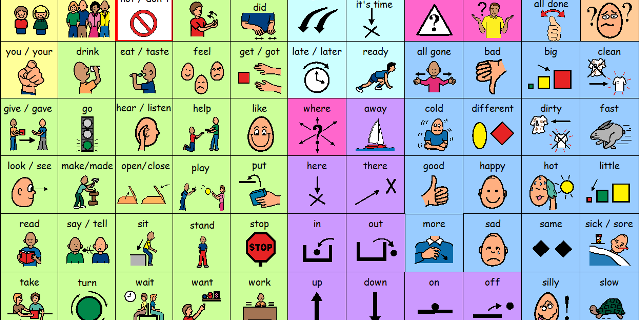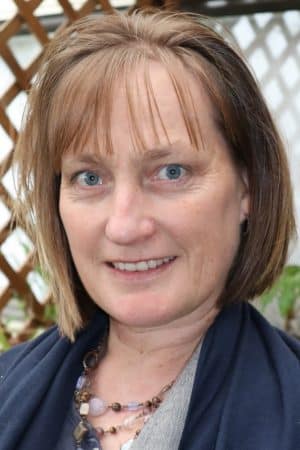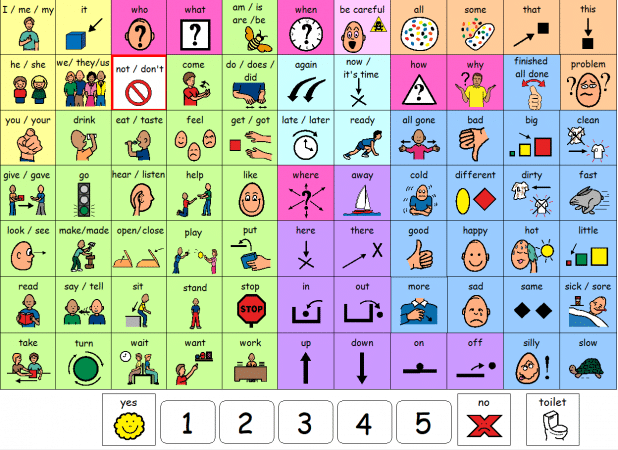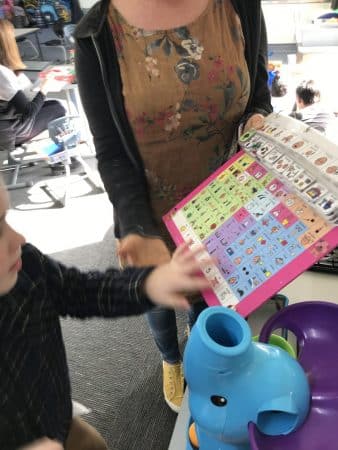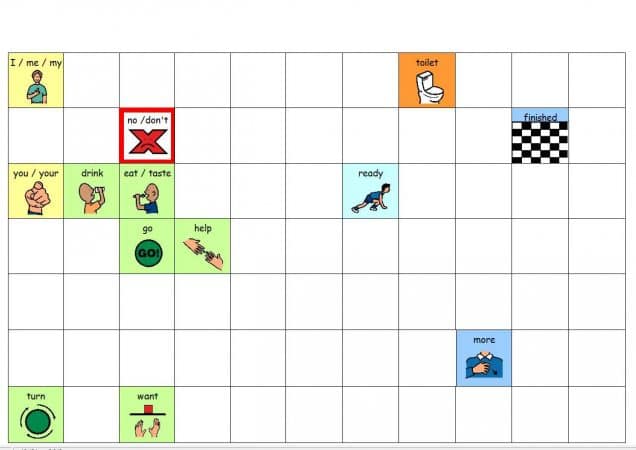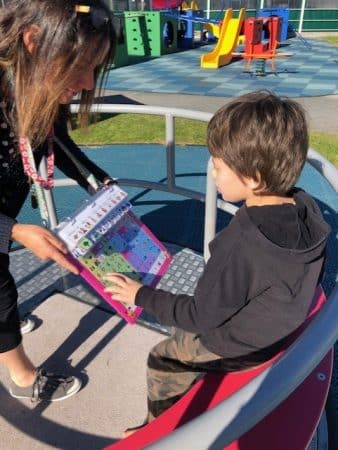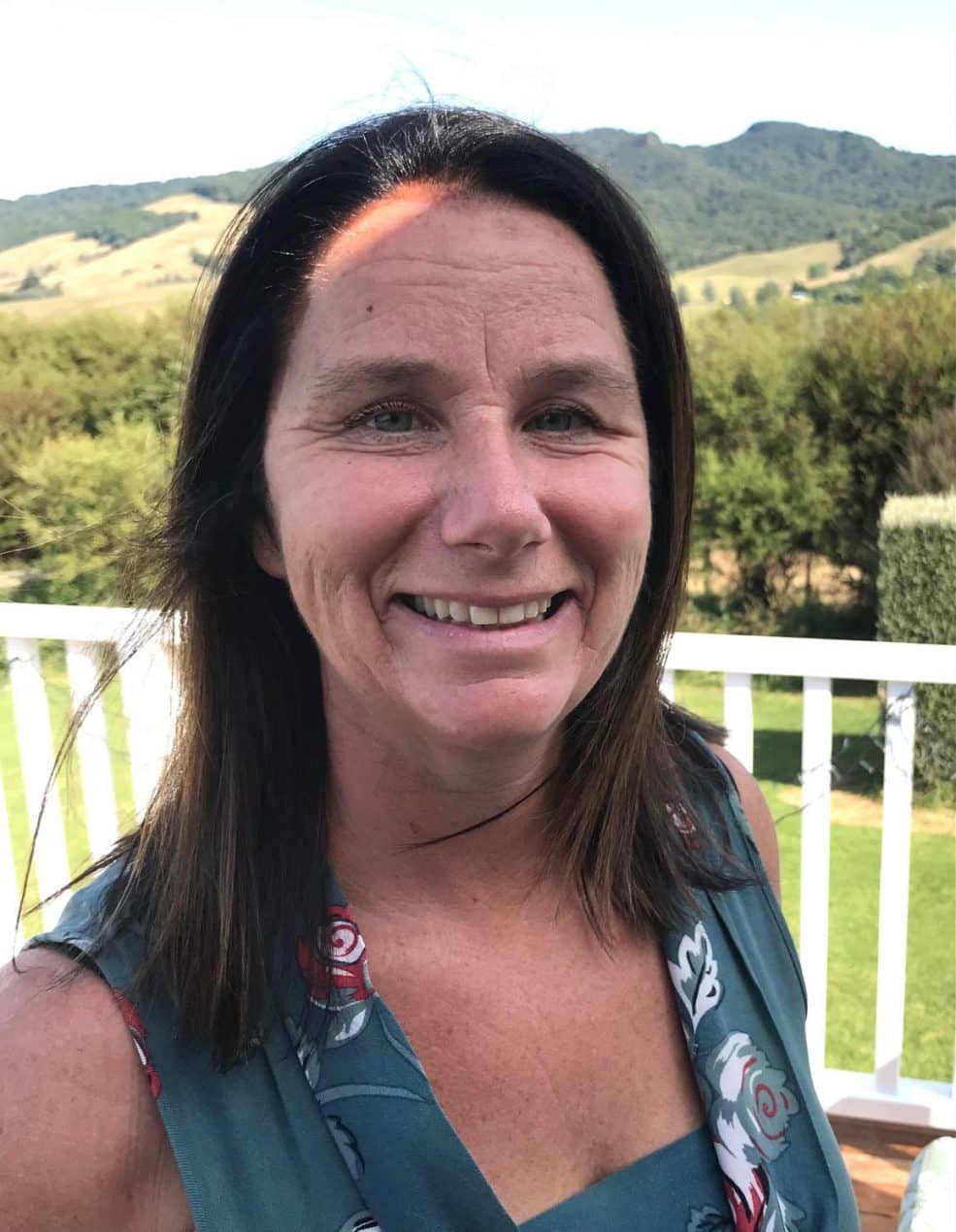
THE NEW ZEALAND Autism Spectrum Guideline (2016) recommends the use of Augmentative and Alternative Communication (AAC) to support young children’s use and understanding of language.
Introducing AAC systems within naturalistic contexts, involving familiar communication partners, may enable children to develop meaningful, functional, and successful interactions further in life.
The past 10 years has seen a rapid increase in the use of core boards as a communication tool for autistic children. This is part of a wider movement within the field of Augmentative and Alternative Communication (AAC) to provide communication systems that have a large symbol vocabulary from the outset, allowing children who cannot communicate verbally to still express a wide range of ideas.
Prior to this, AAC systems tended to be more limited, with small vocabularies that represented common or preferred objects. Children were often required to show that they could recognise individual symbols before being introduced to more vocabulary, which limited their freedom of communication.
What is a core board?
There are a few different versions of core boards currently used across New Zealand. Essentially, a core board is a colourful board with symbols that are fixed in place. This is known as the ‘core vocabulary’. In addition, there are several strips attached at the top, containing specific vocabulary, usually organised into categories such as food, toys, places, and people. This is known as fringe vocabulary. The core board pictured here is probably the one most widely used in New Zealand, which is provided by The TalkLink Trust to their clients. It has 77 cells on the main board and includes yes/no symbols as well as numbers positioned at the bottom of the board. Fringe strips can be personalised to the child and their environment.
Core words versus fringe words
Core words are the highest frequency words in any language. Around 80% of what we say when we are talking is made up of around just 250-500 words. These words are highly flexible and are the building blocks of sentences. They can be used across a range of different activities and contexts. For example, a child can use the word “more” to request more hugs, more drink, more lollies or more computer time. On a typical core board, these words are colour-coded to represent the different parts of speech. They are usually organised with sentence starters on the left-hand side, verbs in the middle, and adjectives on the right to support the basic rules of literacy. There are also symbols that represent more than one word for the sake of space-saving. The increasing inclusion of core vocabulary in most AAC systems is an exciting and recent development that offers anyone who needs to use AAC, more autonomy and access to a full language.
Fringe words cover all the content words in our vocabulary. Although these words give additional information, they only make up 20% of what we say when we talk. Fringe words tend to be personalised and context specific.
They are mainly nouns, but also common verbs and adjectives (van Tilborg & Deckers, 2016).
Using a core board
One of the biggest changes that has occurred with the introduction of core boards and other core- based AAC systems, is the way in which children are supported to use them to communicate. More
commonly, AAC systems for autistic children are introduced through highly structured and systematic teaching approaches that are often initially applied in clinical settings by trained professionals. However, more recent research recommends a more naturalistic approach that mirrors how typically developing children learn language (Gevarter & Zamora, 2018). When an AAC system such as the core board is introduced to a child in this way, adults take responsibility for ensuring the core board is always available, use the core board when they are communicating with the child, and provide opportunities for the child to use it. This means that the child can see the potential of the communication system. The adult can also model a range of key words by pointing to the symbols as they speak; this is known as aided language modelling (Biggs, Carter, & Gilson, 2018). Some teachers have an enlarged core board at the front of their classroom, so they can model symbols to a whole group of children.
Some communication partners who are new to core boards express concern about the number of symbols and remembering where they are located. It certainly takes lots of practice to find your way around a 77-cell core board! It is important to remember that there is no expectation that the child will learn and remember every symbol. At first, they may learn the general position of a symbol and point to that area of the board, and over time, the adult can model and reinforce the exact position of the symbol. Because the symbols are fixed in place, and never change position, there is a strong element of motor planning involved. With continued practice, motor memory helps both adults and children to find symbols that they have used many times before. It is as much about the placement of the symbol, as the actual icon that helps with finding it. If there is a strong concern that a child will be overwhelmed by the amount of visual information, it is possible to mask the board down to a few key symbols, and then add more symbols as the child increases their fluency.
Support for communication partners
As with all AAC systems, core boards can often be seen as unsuccessful, therefore quickly abandoned by frustrated families or education staff. The strategies needed to support a child to use any AAC system, including core boards, are not intuitive, and the key adults around the child need training and ongoing support to put these skills into practice (Light, McNaughton, & Caron, 2019). These strategies include aided language modelling, skilful use of prompting, and responding to all communication attempts in a timely and reinforcing manner (Biggs et al., 2018). Specifically, for children on the autism spectrum, adults will need to set up and provide irresistible communication opportunities such as people games, toys that need help or other highly preferred activities. It cannot be overstated how difficult it can be to provide all these supportive strategies, and all too frequently, families and education staff are not given the support needed to embed these skills and use them confidently. (photos of children using core board in fun activities).
Limitations of core boards
Core boards can make an excellent, low-tech, starter communication system, but they have limitations. The vocabulary is limited by space and portability. The fringe vocabulary can become unwieldy and difficult to access if it grows past a certain limit. It is not suitable for children with cognitive visual impairment. Also, good fine motor skills are needed to access the fringe vocabulary independently. For some autistic children, intentionally gaining the attention of an adult and sending a clear message, is not established. This can lead to them pointing to symbols on the core board, but not being observed or responded to. Some children on the autism spectrum find it difficult to direct their attention when the adult is modelling on the board, so the strategy of aided language modelling can be of limited use for them.
One of the most significant limitations of the core board is the lack of voice output, which is increasingly being recognised as an important feature of communication systems for autistic children. New software packages such as Language Acquisition through Motor Planning, (LAMP), incorporate features such as a large core vocabulary, learned motor plans, and predictable voice output. Combined with a semi-structured therapy programme purpose-developed for children on the autism spectrum, LAMP offers another exciting option for children who need to use AAC to communicate.
About the authors
- Sam Brydon is a British-trained speech language therapist who works with children and young people with complex communication needs. She is currently undertaking doctoral research to explore the effectiveness of core boards as a communication tool, as well as exploring the support needed by families to implement core boards with their children.
- Estelle Pretorius, speech language therapist, is a member of the Altogether Autism Professional Advisory Group, and doctoral student at Massey University.
- This article appeared in Altogether Autism Journal 2021
Biggs, E. E., Carter, E. W., & Gilson, C. B. (2018). Systematic review of interventions involving aided AAC modeling for children with complex communication needs. American Journal on Intellectual and Developmental Disabilities, 123(5), 443-473.
Gevarter, C., & Zamora, C. (2018). Naturalistic speech-generating device interventions for children with complex communication needs: A systematic review of single-subject studies. American Journal of Speech-Language Pathology, 27, 1073-1090. doi:10.1044/2018_AJSLP-17-0128
Light, J., McNaughton, D., & Caron, J. (2019). New and emerging AAC technology supports for children with complex communication needs and their communication partners: State of the science and future research directions. AAC: Augmentative & Alternative Communication, 35(1), 26-41. doi:10.1080/07434618.2018.1557251
van Tilborg, A., & Deckers, S. (2016). Vocabulary selection in AAC: Application of core vocabulary in atypical populations. Perspectives of the ASHA Special Interest Groups, 1(12), 125-138. doi:10.1044/persp1.SIG12.125


